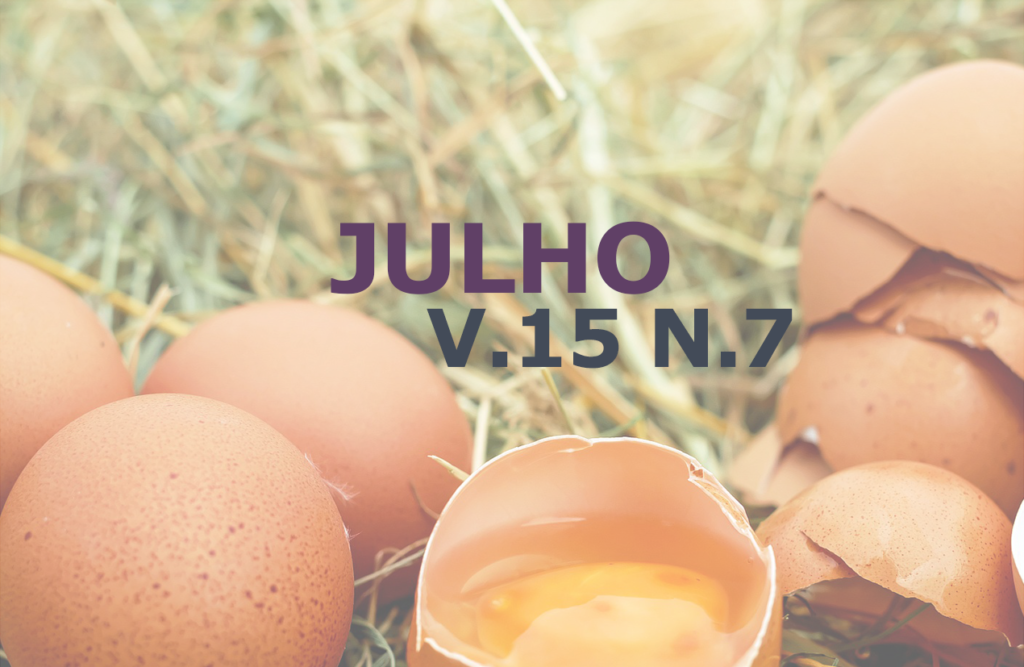Evolution of feline infectious peritonitis from wet to dry: Case report
DOI:
https://doi.org/10.31533/pubvet.v15n07a866.1-9Keywords:
Diagnosis, feline, feline infectious peritonitisAbstract
Feline infectious peritonitis (PIF) is a fatal immune-mediated disease, triggered by mutated forms of feline coronavirus. It presents two forms: effusive or wet FIP characterized by the accumulation of cavitary fluids and non-effusive or dry FIP that lead to the development of granulomatous to pyogranulomatous lesions, potentially in the parenchyma. of any organ. The presumptive diagnosis of the disease can be made through the evaluation of the animal's history, clinical findings and laboratory results, whereas the definitive one is made through histopathological and immunohistochemistry. The treatment is supportive and ineffective, with evidence on the possible effectiveness of antivirals and immunomodulators. The objective of the work is to report a case of feline infectious peritonitis in a mixed breed female, approximately one year old, highlighting the clinical, laboratory and pathological aspects of the disease. On physical examination, the presence of fluid in the abdomen and mild dyspnea was noted, abdominal ultrasound was requested at first, and changes were observed in several organs, such as kidneys and intestinal loops. Changes were also found in other tests such as blood count (anemia, leukocytosis and thrombocytopenia), biochemical (increased creatinine, urea, AST, ALT), fluid analysis (low albumin / globulin ratio and positive in the Rivalt test), PCR (positive for feline coronavirus), X-ray (pneumonia) and at necropsy, changes in the spleen, kidneys, liver, intestine and lung were noted. The diagnosis was made by associating the animal's history, physical examination and all the examinations performed to reach the conclusion of PIF. The treatment did not stop the progression of the disease, the feline began to show neurological signs characteristic of dry PIF and died a few days later. Having survived more than 30 days since the onset of symptoms.
Downloads
Published
Issue
Section
License
Copyright (c) 2021 Renara Lima Benicio da Cunha, Edilene Pereira de Sousa, Ana Rafaella Vieira Guedes, Shayanne Sayonara da Costa Silva, Lílian Ribeiro Barreto, Berlamino Eugênio Lopes Neto, Daniel Amed de Oliveira, Jayana Martins Barbosa

This work is licensed under a Creative Commons Attribution 4.0 International License.
Você tem o direito de:
Compartilhar — copiar e redistribuir o material em qualquer suporte ou formato
Adaptar — remixar, transformar, e criar a partir do material para qualquer fim, mesmo que comercial.
O licenciante não pode revogar estes direitos desde que você respeite os termos da licença. De acordo com os termos seguintes:
Atribuição
— Você deve dar o crédito apropriado, prover um link para a licença e indicar se mudanças foram feitas. Você deve fazê-lo em qualquer circunstância razoável, mas de nenhuma maneira que sugira que o licenciante apoia você ou o seu uso. Sem restrições adicionais
— Você não pode aplicar termos jurídicos ou medidas de caráter tecnológico que restrinjam legalmente outros de fazerem algo que a licença permita.





